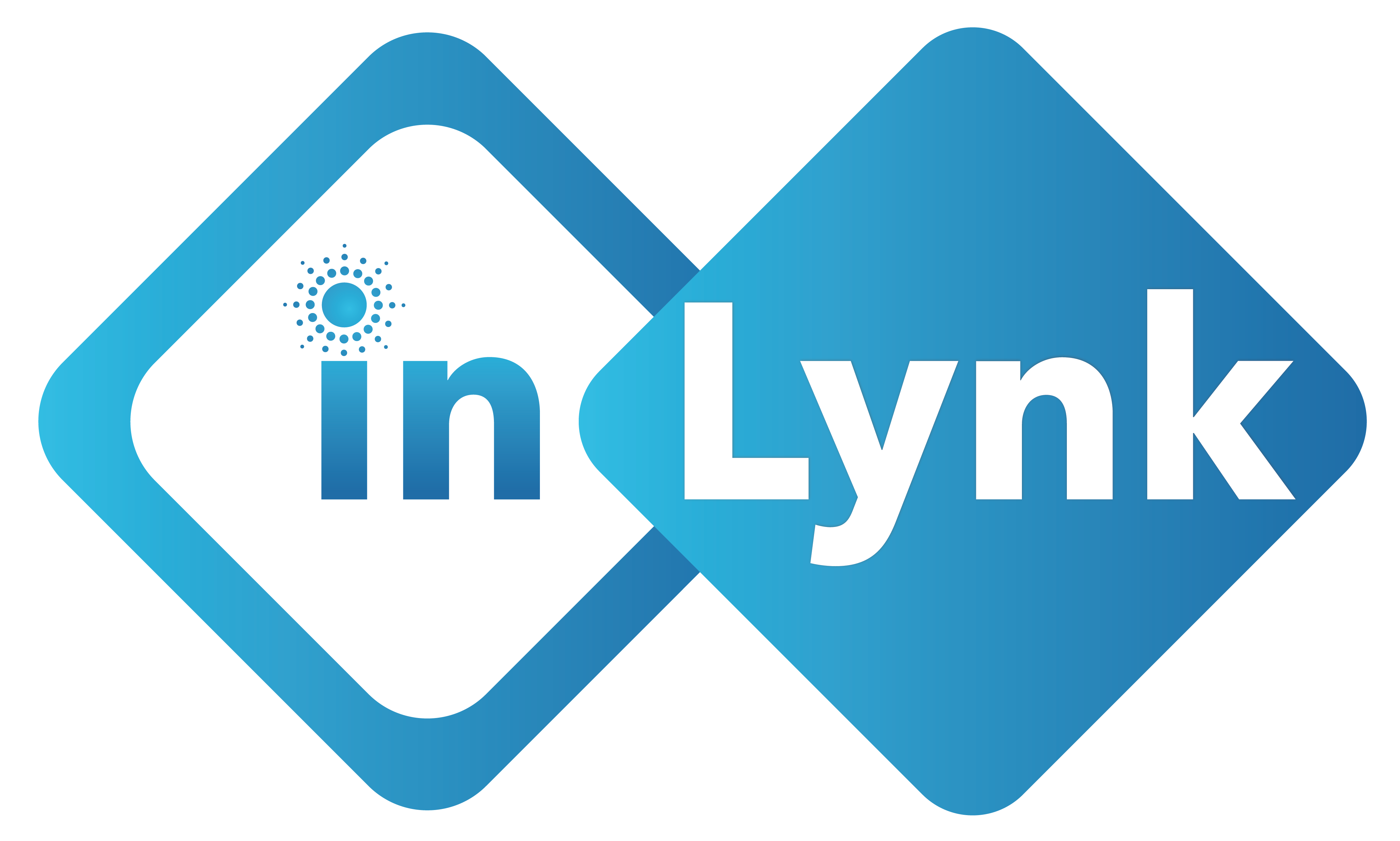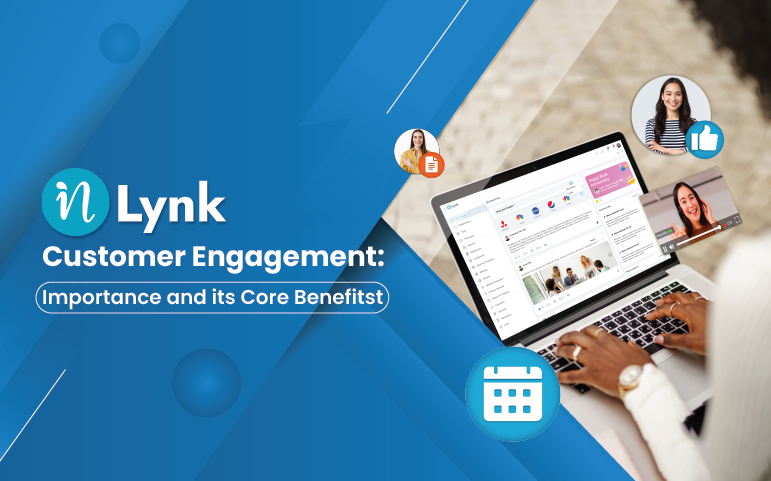Businesses around the globe are facing a common challenge which is keeping their customers coming back. Many companies notice that while they can make a sale, they are struggling to turn that initial sale into a long term relationship. Despite putting so much effort into marketing and sales to acquire new customers, they end up seeing their customers slipping away after their first transaction. Even the loyal customers seem to be losing interest in their brands, switching to their competitors as a result. This really makes it hard for them just to stand out in a crowded market where rivals are building stronger relationships with their audiences.
These problems are devastating and need to be addressed. Ignoring these issues doesn’t just affect the bottom line but also puts businesses at risk of losing their competitive edge. The longer these problems go unaddressed, the more they lose market share, reputation, and long-term growth potential. All these problems are the symptoms of a common root cause which is lack of customer engagement. By prioritizing customer engagement, you can not only retain your existing customers and build a much deeper connection with your audience.
In this blog, we’ll define customer engagement, debunk common misconceptions, highlight its importance, explore its benefits, and discuss effective strategies for enhancing your engagement efforts. So, let’s get started.
What is Customer Engagement?
Customer engagement is an interaction between a business and its customers. It’s the connection you build with them that goes beyond business transactions. Often, people confuse customer engagement with customer experience. But there is a big difference between them. Customer experience is the overall perception they have of your brand based on their interactions. This covers everything from your website to how friendly your customer service is. It is all about making the effort to build a deeper relationship.
Just remember, customer engagement is about creating a lasting bond that drives long-term success. Take Apple, for example.They have mastered the art of creating emotional connections with its customers through its experiential stores, proactive customer care, and exclusive community-building events. Their focus on customer engagement has given them a loyal customer base that not only buys their products but also promotes the brand.
3 common misconceptions about Customer Engagement
When it comes to customer engagement, there are a few myths that can hold you back. By busting these myths, you’ll understand how to engage your customers better.
Myth 1: Engagement only happens Post-purchase
One of the biggest myths people believe in is that customer engagement starts after the sale. But that’s not true. Customer engagement starts way earlier at the awareness stage, long before a purchase is made.
Myth 2: Customer engagement is the same as Customer Service
Another myth is that customer engagement is the same as customer service, which is not true. Engagement is a broader range of interactions, including marketing, communication, and community building, whereas customer service is about resolving issues and supporting.
Myth 3: Engagement is about Frequent Communication
Many businesses think the more they communicate, the more engaged their customers will be. But that’s not true. It’s not about the quantity of communication but the quality. Bombarding customers with irrelevant messages doesn’t work. It actually harms the engagement. Instead, it’s all about providing meaningful, timely interactions that resonate with your audience.
Why is Customer Engagement important?
Customer engagement isn’t just a buzzword – it’s a business essential. In today’s competitive world, where trust and loyalty are hard to come by. Customer engagement is the difference between thriving businesses and those that don’t. Businesses that engage with their customers have a big advantage over those that don’t. Here are three more reasons why:
It builds Trust and Loyalty
Trust is the foundation of any good relationship. You can build this trust with customer engagement. All you need to do is make your customers feel valued, heard, and understood. When customers feel valued, heard, and understood, they will stick with your brand even in the face of competition. This feeling translates into loyalty, where customers choose your brand over others because of the good, consistent experiences you provide. Loyal customers aren’t just repeat buyers – they are the ones who will advocate for your brand, defend it in times of crisis, and even pay a premium for your products or services.
It improves Customer Retention rates
You know, customer retention is more cost-effective than acquiring new customers. However, you can improve this rate if you focus on making those customers more engaged. Remember, engaged customers are more likely to come back, buy more, and try new products or services. Plus, Engaged customers are less likely to jump ship to a competitor.
It boosts Brand Reputation and Visibility
Engaged customers become your brand’s biggest advocates. They are more likely to leave positive reviews, recommend your brand to friends and family, and share their experiences on social media. This organic word-of-mouth marketing boosts your brand’s reputation and visibility. In a world where consumers often rely on peer recommendations, having a community of engaged customers amplifies your reach and positions your brand as reliable, trustworthy, and customer-focused.
Important Key Benefits of Customer Engagement
Customer engagement has many benefits for businesses. Knowing these will help you see why investing in engagement is key to long-term success.
Increased Customer Loyalty
One of the biggest benefits of customer engagement is increased customer loyalty. Engaged customers are more likely to stay loyal because they feel a connection to your brand. Loyalty isn’t just about repeat business—it’s about customers choosing you over and over again because of the good experiences you give them. This loyalty translates into long-term value as loyal customers not only stay with you but also spend more over time.
Higher Customer Satisfaction
When customers are engaged they are more satisfied. Engagement helps you understand customer needs through feedback and personalization. By listening to customers and responding to their wants you can tailor your offerings so customers feel seen and heard. This personalization equals more satisfaction, a better brand, and more repeat business.
Boost in Sales and Revenue
Customers who are engaged aren’t just more loyal; they spend more. By interacting with your audience regularly, offering personalized recommendations and exceptional experiences you create an incentive for customers to buy again. Customers who are engaged buy more, shop more often and are more open to upselling and cross selling. This drives revenue straight to your bottom line so customer engagement is a key to driving revenue.
3 Proven Strategies for Effective Customer Engagement
Now that you know why customer engagement is so key, let’s explore some practical ways to implement it. Implementing these tactics will help you build stronger relationships with your customers and improve their overall experience with your brand.
Providing Excellent Customer Service
Customer service is at the core of engagement. Providing great service builds trust, resolves issues, and makes customers feel valued. You can train your employees to go the extra mile in their interactions and make decisions that increase customer satisfaction. Great service isn’t just about solving problems; it’s about making every customer feel seen and heard.
Utilizing Data-Driven Insights to Improve Interactions
Data is a powerful way to engage customers. By collecting and analyzing data on customer behavior, preferences, and feedback, you can tailor your comms and offers to individual needs. Use this information to create experiences that resonate with your audience. Whether it’s sending targeted emails or offering product recommendations based on past purchases, data-driven insights allow you to engage with customers in ways that feel relevant and personal.
Engaging Through Multiple Touchpoints
Interacting with customers across multiple touchpoints is key to a strong relationship. Social media, emails, and customer support channels each have their role in the engagement process. Social media builds brand and community, emails deliver personal updates and offers, and customer support resolves issues quickly. By having a consistent message across these touchpoints, you create a seamless experience that keeps customers engaged.
What’s the Role of Technology in Customer Engagement
Technology plays a significant role in enhancing customer engagement strategies. Let’s explore how you can leverage it to your advantage.
Leverage CRM, AI, and Automation for Improving Engagement
Customer Relationship Management (CRM) systems track customer interactions and behavior, allowing you to tailor your engagement accordingly. AI technologies like chatbots and predictive analytics give instant, personal responses and anticipate customer needs. Automation tools send timely emails or offers without losing the personal touch that makes engagement so powerful.
Personalization Through Technology for a Better Experience
Technology allows you to analyze huge amounts of data to give each customer a personal experience. Algorithms can suggest products, content, or services based on a customer’s past behavior, so interactions feel unique and tailored. This level of personalization makes customers feel seen and heard and engaged and loyal.
Final Thoughts
Thank you for taking the time to read this blog! We’ve covered a lot about customer engagement and why it’s so important for business.
As you’ve seen, investing in engagement has many benefits, from loyalty and satisfaction to reputation and revenue growth. By building strong long-term relationships with your customers, you can change your business, reduce churn, and create a community of advocates.
Remember, customer engagement is not just about talking to your customers—it’s about listening, understanding, and creating meaningful interactions that drive long-term success.
Take action today by implementing some of the strategies we’ve discussed in the blog. If you want to explore the topic of Customer Engagement in depth, check out other blogs on our official website.
What is the goal of customer engagement?
The goal of customer engagement is to build strong customer relationships that create loyalty and encourage repeat business.
What are the three purposes of engagement?
The three main purposes of customer engagement are building relationships and loyalty, gathering customer feedback and insights, and encouraging actions like purchases or referrals.
What is the value of customer engagement?
The value of customer engagement for a business comes from increased customer loyalty, leading to more repeat sales and higher spending. Engaged customers also provide positive word-of-mouth referrals, which attract new business, and offer useful feedback for improving products and services.
What is customer loyalty in business?
Customer loyalty is when customers repeatedly choose to buy from a specific business over its competitors. This happens because they trust the brand, like the experience, and feel they get good value, making them prefer that business consistently.


Leave a Reply